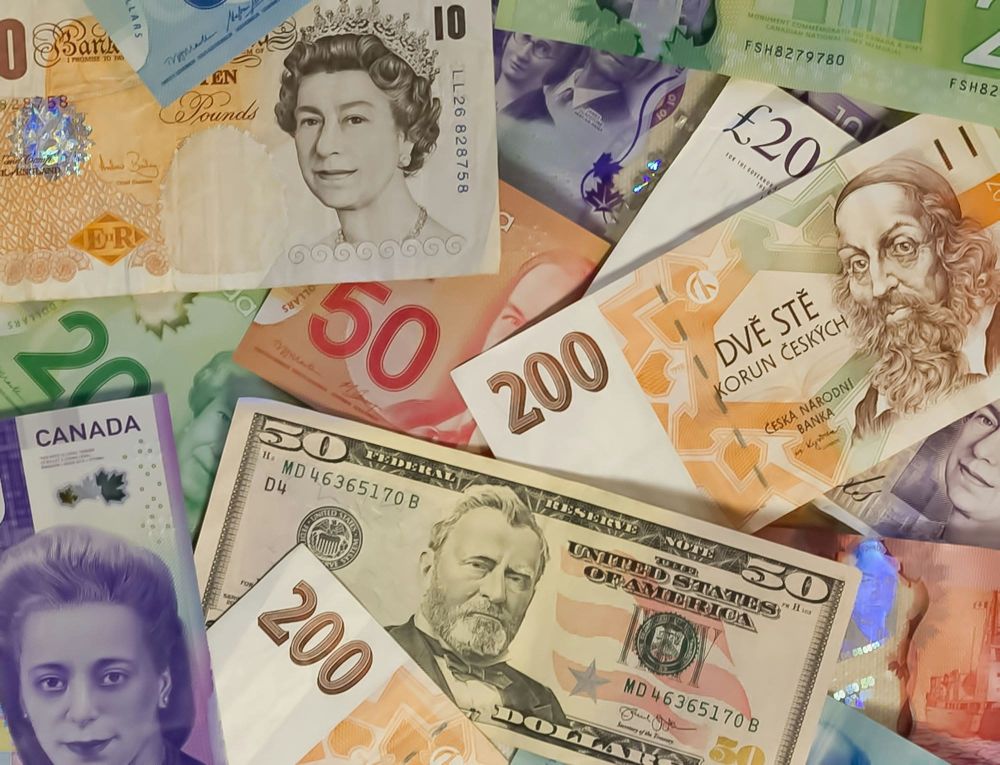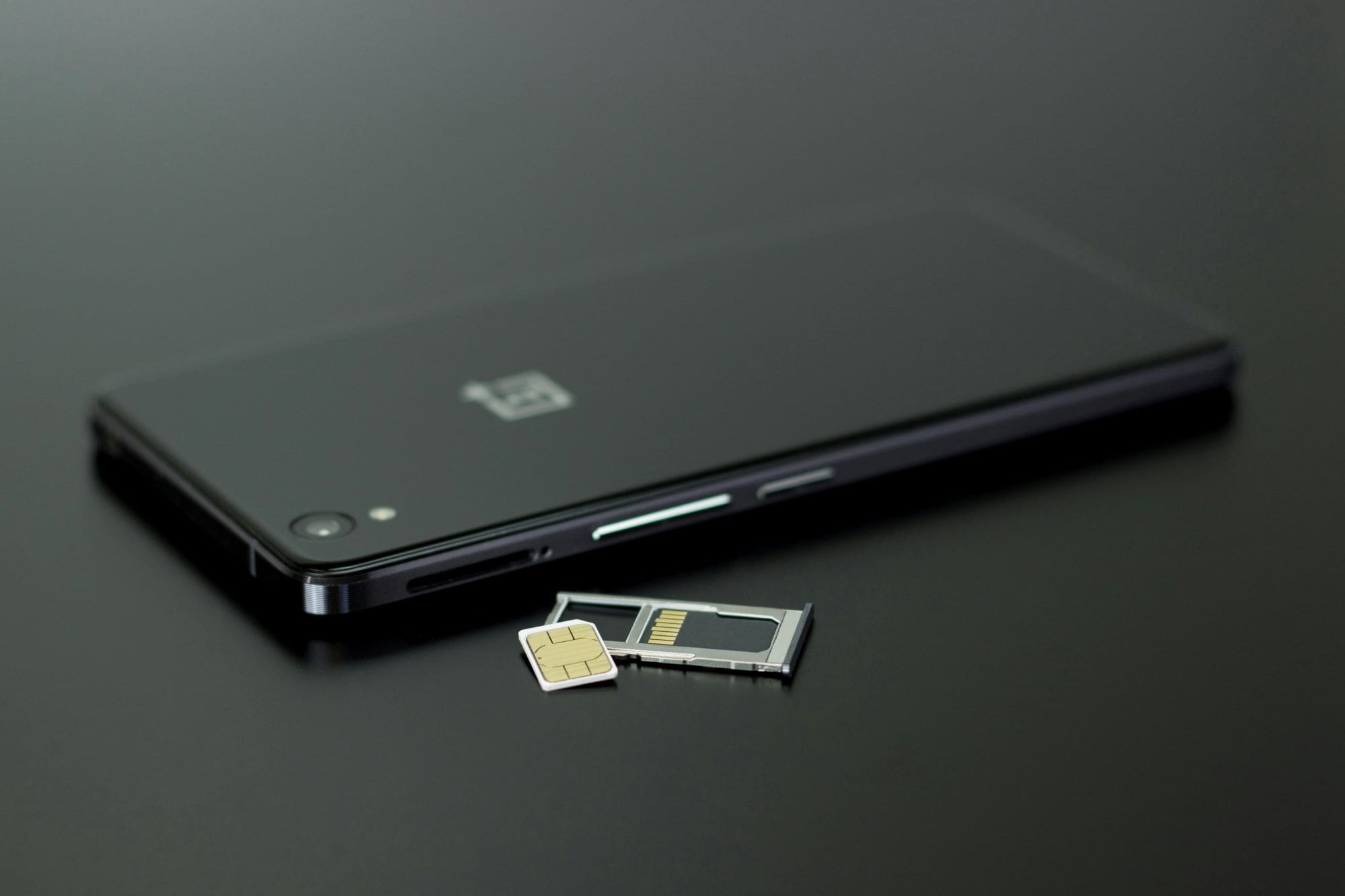Iranian Toman vs Rial: The Complete Guide to Understanding Iran's Currency System
Navigating Iranian currency can be one of the most confusing aspects of visiting Iran for foreigners. The country operates with a dual currency system where the official currency is the Rial (IRR), but people use Toman in everyday conversations. This comprehensive guide will explain everything you need to know about the Iranian Toman and Rial - from the basic conversion (1 toman = 10 rials) to recognizing banknotes, understanding exchange rates, and practical money tips for your trip to Iran.
What is the Difference Between Toman and Rial?
Iran has two parallel currency systems that operate simultaneously:
- Rial (IRR): The official currency of Iran, established in 1932. This is what appears on banknotes, in banking systems, official documents, and ATMs.
- Toman: A superunit used in everyday speech, pricing, and informal transactions. It's not an official currency but a cultural and practical convention.
The Fundamental Conversion: 1 Toman = 10 Rials
The relationship between Toman and Rial is simple yet consistently confusing for visitors:
- 1 Toman = 10 Rials
- 10 Toman = 100 Rials
- 100 Toman = 1,000 Rials
- 1,000 Toman = 10,000 Rials
- 10,000 Toman = 100,000 Rials
- 100,000 Toman = 1,000,000 Rials
To convert Toman to Rial, simply add a zero to the Toman amount. To convert Rial to Toman, remove a zero from the Rial amount.
Why Does Iran Have This Dual Currency System?
The existence of two parallel currency terminologies stems from several historical and practical reasons:
Historical Context
The Toman was Iran's official currency during the Qajar dynasty (1794-1925). One Toman was equivalent to 10,000 dinars (another historical currency). When Iran introduced the Rial in 1932, it replaced the Toman at a rate of 1 Rial = 1 Toman. However, due to decades of high inflation, the Rial has significantly depreciated, making the Toman terminology practical for everyday use.
Practical Reasons
- Inflation: Iran has experienced significant inflation over decades, making transactions with large numbers of zeros cumbersome.
- Convenience: Using Toman eliminates one zero from prices, making mental calculations easier.
- Cultural habit: Iranians have maintained the Toman terminology as a cultural practice passed through generations.
Complete Guide to Iranian Banknotes: Toman and Rial
Understanding Iranian banknotes is essential for any visitor. Here's a comprehensive overview of all current banknotes in circulation as of 2025:
Small Denomination Banknotes (Rarely Used)
5,000 Rials = 500 Toman banknote (Nearly obsolete)
- 1,000 Rials (100 Toman) - Extremely rare, virtually out of circulation
- 2,000 Rials (200 Toman) - Very rare, not used in daily transactions
- 5,000 Rials (500 Toman) - Rarely used, mostly symbolic
These small denominations have largely become obsolete due to inflation and are rarely accepted in everyday transactions.
Medium Denomination Banknotes (Commonly Used)
10,000 Rials = 1,000 Toman banknote
20,000 Rials = 2,000 Toman banknote
20,000 Rials = 2,000 Toman banknote (reverse side)
- 10,000 Rials (1,000 Toman) - Commonly used for small purchases
- 20,000 Rials (2,000 Toman) - Frequently used for taxi fares and small items
- 50,000 Rials (5,000 Toman) - One of the most widely used banknotes
50,000 Rials = 5,000 Toman banknote
High Denomination Banknotes (Widely Used)
100,000 Rials = 10,000 Toman banknote
100,000 Rials = 10,000 Toman banknote (reverse side)
- 100,000 Rials (10,000 Toman) - Very common for everyday shopping
- 500,000 Rials (50,000 Toman) - Features "50 Toman" prominently in Persian
- 1,000,000 Rials (100,000 Toman) - Features "100 Toman" prominently in Persian
- 2,000,000 Rials (200,000 Toman) - The highest denomination, introduced recently
The higher denomination notes (500,000 Rials and above) often have the Toman equivalent printed prominently on them to facilitate everyday transactions.
How to Identify Iranian Banknotes
For foreigners, identifying Iranian banknotes can be challenging. Here's what to look for:
Key Identification Features
- Numerical Digits: Most notes show the value in both Western (0-9) and Persian numerals (۰-۹).
- Text: The Persian side usually shows "ریال" for Rial or "تومان" for Toman on newer notes.
- Color Coding: Each denomination has a distinct color scheme:
- 10,000 Rials: Green
- 20,000 Rials: Blue
- 50,000 Rials: Purple/Pink
- 100,000 Rials: Brown/Orange
- 500,000 Rials: Blue/Green
- 1,000,000 Rials: Red
- Size: Higher value notes are generally larger in physical size.
- Security Features: Watermarks, metallic threads, color-changing ink, and microtext are standard on higher-value notes.
Iranian Coins: Rare but Still Exist
Due to high inflation, coins have become largely symbolic in Iran, but they still exist:
- 1,000 Rial coin (100 Toman) - Rarely used
- 2,000 Rial coin (200 Toman) - Occasionally used
- 5,000 Rial coin (500 Toman) - The most commonly seen coin
In practice, most vendors round up or down to the nearest 10,000 Rial (1,000 Toman) to avoid dealing with coins.
Exchange Rates: Toman and Rial to Foreign Currencies
Understanding exchange rates is crucial for managing your money in Iran. Here's what you need to know:
Official vs. Market Exchange Rates
Iran has two parallel exchange rate systems:
- Official Rate: Set by the government, used for essential imports
- Market Rate (Nima): The real market rate, used by most businesses and individuals
As a tourist, you'll always use the market rate. As of September 2025, the approximate exchange rates are:
- 1 USD ≈ 1,030,000 Rials (103,000 Toman)
- 1 EUR ≈ 1,220,000 Rials (122,000 Toman)
- 1 GBP ≈ 1,140,000 Rials (140,000 Toman)
Where to Exchange Money in Iran
- Authorized Exchange Offices: Found in major cities and tourist areas
- Banks: Offer official rates less favorable to tourists
- Hotels: Usually offer less competitive rates
- Private Exchange: Common but requires caution to avoid scams
Practical Money Tips for Travelers in Iran
Handling money in Iran can be confusing. Here are essential tips to navigate the currency system:
1. Always Confirm the Currency
When quoted a price, always ask: "Rial or Toman?" (in Persian: "Rial ya Toman?"). This simple question can prevent costly misunderstandings.
2. Learn Basic Persian Numbers
Knowing Persian numerals (۰-۹) will help you read prices correctly:
- ۰ = 0
- ۱ = 1
- ۲ = 2
- ۳ = 3
- ۴ = 4
- ۵ = 5
- ۶ = 6
- ۷ = 7
- ۸ = 8
- ۹ = 9
3. Use Mobile Banking Apps
Most Iranians use mobile banking apps for transactions. Consider getting an Iranian SIM card and using local payment apps for convenience.
4. Carry Various Denominations
Keep a mix of small (10,000-50,000 Rial) and large (500,000-1,000,000 Rial) notes for different types of purchases.
5. Be Prepared for Cash Transactions
Due to international sanctions, international credit/debit cards don't work in Iran. You'll need to carry cash for most transactions.
The Future: Iran's Currency Redenomination Plan
Iran has approved a plan to officially change its currency from Rial to Toman and drop four zeros:
- 10,000 Rials → 1 New Toman
- 100,000 Rials → 10 New Toman
- 1,000,000 Rials → 100 New Toman
This change aims to:
- Simplify accounting and transactions
- Reduce printing costs
- Align official currency with common usage
- Improper psychological perception of value
However, as of 2025, this transition is still ongoing, and both terminologies remain in use. The new banknotes with Toman designations are being introduced gradually alongside existing Rial notes.
Common Scenarios and How to Handle Them
Taxi Fares
Taxi drivers usually quote prices in Toman. If a driver says "panjah hezar" (50,000), they mean 50,000 Toman = 500,000 Rials.
Bazaar Shopping
Market vendors often use Toman. When bargaining, confirm whether the price is in Toman or Rial to avoid confusion.
Restaurant Bills
Menus typically show prices in Toman, but the final bill might be in Rial. Always check the currency on your receipt.
ATM Withdrawals
ATMs dispense Rials only. Remember that 1,000,000 Rials withdrawn equals 100,000 Toman in spending power.
Cultural Aspects of Money in Iran
Understanding Iranian currency goes beyond numbers - it's deeply connected to culture:
Taarof and Payment
Iranians practice "taarof" - a cultural ritual of polite refusal. When paying, someone might insist on paying for you. This is often genuine hospitality, but be prepared to reciprocate.
Bargaining Culture
Bargaining is expected in bazaars and with taxi drivers. Knowing the currency system helps you negotiate effectively.
Digital Payment Etiquette
When using mobile payment apps, Iranians often show the transaction confirmation screen as proof of payment.
Frequently Asked Questions About Iranian Toman and Rial
Q: Should I use Rial or Toman when speaking?
A: Use Toman in everyday situations like shopping, taxis, and restaurants. Use Rial only in banks or official contexts.
Q: How much cash should I bring to Iran?
A: Bring enough USD or EUR to exchange locally. Budget approximately $50-100 per day depending on your travel style.
Q: Can I use US dollars or euros directly?
A: No, you need to exchange foreign currency for Iranian Rials. Some tourist hotels might accept dollars but at unfavorable rates.
Q: Are there ATMs for international cards?
A: No, due to sanctions, international cards don't work in Iran. You must bring all the cash you'll need for your trip.
Q: Is it better to exchange money at the airport or in the city?
A: Exchange a small amount at the airport for immediate expenses, then find a better rate in the city at authorized exchange offices.
Summary Table: Toman to Rial Conversion
| Toman | Rials | Approximate USD Value | Common Usage |
|---|---|---|---|
| 1,000 Toman | 10,000 Rials | $0.01 | Small purchases, bus fare |
| 10,000 Toman | 100,000 Rials | $0.10 | Snacks, short taxi rides |
| 50,000 Toman | 500,000 Rials | $0.49 | Meal at a local restaurant |
| 100,000 Toman | 1,000,000 Rials | $0.97 | Museum entrance, longer taxi ride |
| 500,000 Toman | 5,000,000 Rials | $4.85 | Nice restaurant meal, hotel night |
| 1,000,000 Toman | 10,000,000 Rials | $9.71 | Higher-end purchases |
Final Thoughts and Recommendations
Understanding the difference between Iranian Toman and Rial is essential for any visitor to Iran. While confusing at first, the system becomes intuitive with practice. Remember these key points:
- 1 Toman = 10 Rials - this is the golden rule
- Always confirm whether a price is in Toman or Rial
- Familiarize yourself with the main banknotes and their colors
- Carry various denominations for different types of purchases
- Exchange money at authorized exchange offices for the best rates
- Budget in Toman for easier mental calculations
With this comprehensive guide, you're now equipped to navigate Iran's currency system confidently. The dual terminology may seem complicated, but it's part of Iran's unique cultural and economic landscape. Embrace the experience, and don't hesitate to ask locals for help - Iranians are generally very helpful to visitors confused by their currency system.
For more practical tips about traveling in Iran, follow us on Instagram: @honest_guide_iran


